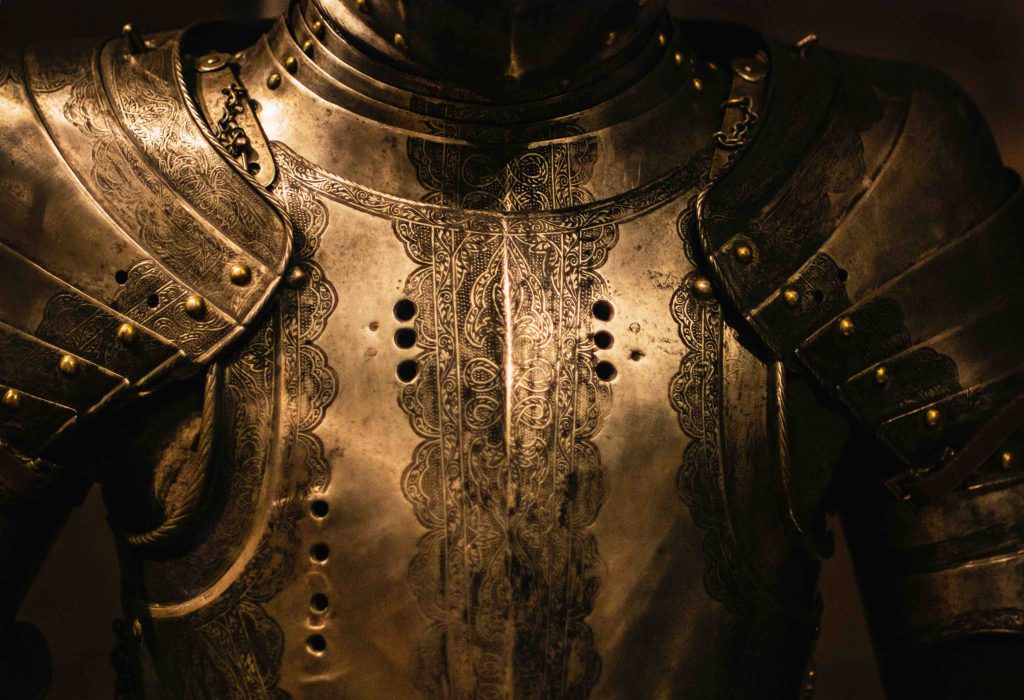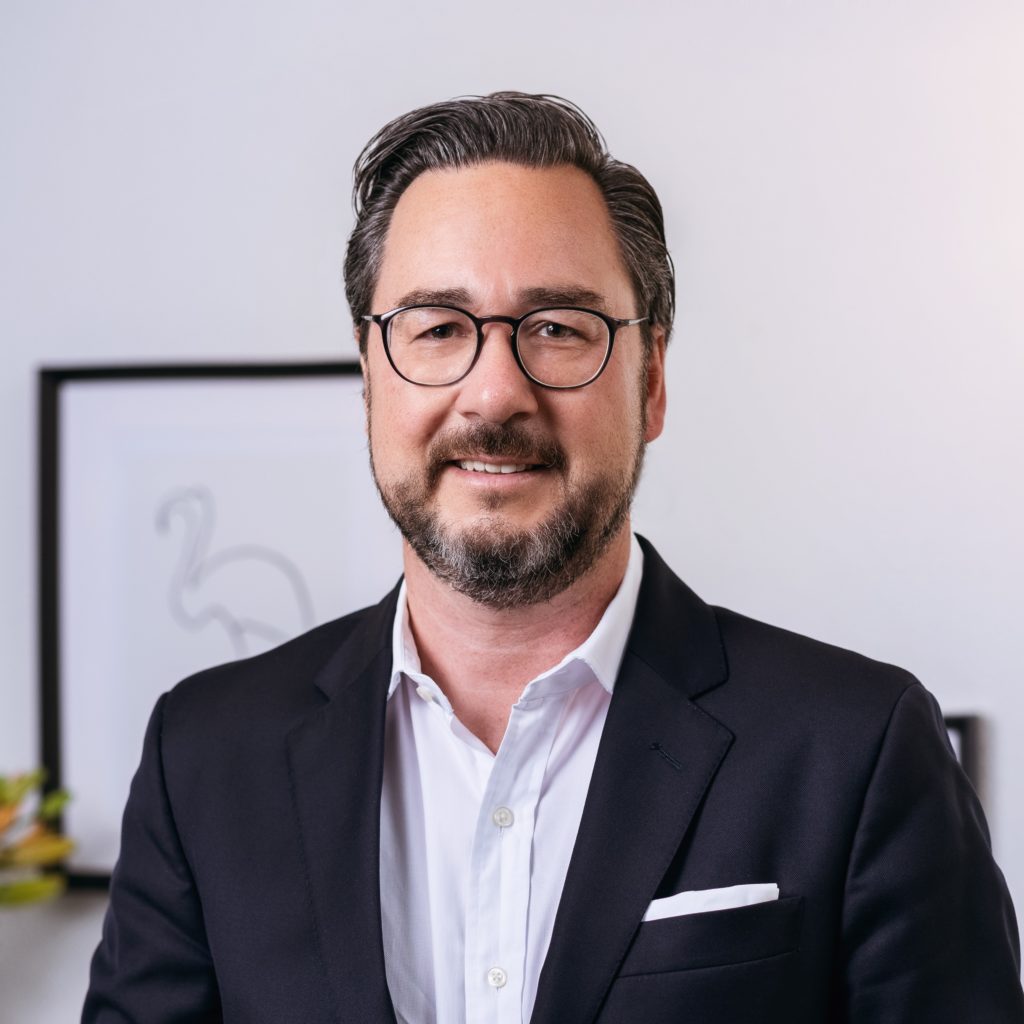How to Protect and to Preserve

Richard and Patricia, a married couple, were excited, especially Richard, as “his favorite daughter” was to join them.
They had no children of their own. However, since the tragic death of Richards’ sister and her husband, their daughter Louise had been living with them. She was 10 years old when the arrangement started. Richard and Patricia loved their niece like their own child.
Louise was a child of her time: very intelligent and at the same time very idealistic. She was strongly committed to environmental issues, which is why the school subject “Environmental Systems and Societies” (ESS) was particularly close to her heart.
It happened that Louise had been hiking with her ESS group through a Swiss National Park right before she visited her aunt and uncle. During it, the conversation repeatedly turned to the government, which,
in the eyes of the young people, had done too little for environmental and climate protection. Their teacher, was always talking about the many trusts and foundations based in countries like Switzerland that, in his opinion, had only one goal, namely tax evasion and dubious tax optimisation. When he asked the rhetorical question of how much good could be done for the environment with these trusts, the group was dumbfounded.
That evening, that teacher’s opinions were still on Louise’s mind when she had dinner with her aunt and uncle.
She only had a rough idea of her uncle’s job. She knew he was a lawyer in Zurich, and decided to speak with him about trusts focusing on tax evasion etc.
Her uncle was aware of the usual accusations well and knew that they were mainly based on misinformation, since Europeans were rooted in Roman civil law and knew very little about the common law on which trust law was founded. After Louise had finished her hot-issue based inquires and calmed down a bit, Richard took the opportunity to ask if his niece knew where the notion of a trust came from.
Louise just shook her head. Her uncle continued: “The trust as we know it was established in England more than 1,000 years ago and goes back to the time of the Crusades. In those days, if a nobleman or knight decided to join a crusade to the Holy Land, he needed someone he could trust to manage his fortune and look after his wife and young children in his absence. One has to recall that at that time crusades took several years and there was practically no way to transmit news. Besides, it was far from certain that the knight would return at all.” Louise nodded, but immediately asked what this had to do with trusts.
“I will tell you”, her uncle said, “the nobleman’s assets were often embezzled by his steward. Since this person had to be endowed with appropriate powers, these transactions were legally binding. Imagine the shock a nobleman suffered when he came back years later to find that his family were living in poverty and that he owned next to nothing. There was only one way to regain possession, and that was by royal decree. A very lengthy and difficult procedure. So, there was a great need for legislation, and so the principle of trusts was created. The concept was almost exactly as we know them today, with the settlor, beneficiaries, a trustee and the protector. So now you can see, a trust was and is about asset protection and estate planning. There is really nothing wrong with a structure which ensures that assets are largely protected and available for its beneficiaries. This is quite normal, don’t you think?”
“But” Louise shook her head impatiently again. “But what”? Richard asked and continued. “I think it’s time to tell you something you don’t already know. Even before your parents died, they set up a trust of which you Louise are the sole beneficiary. Your entire inheritance is deposited in this trust and your parents have stipulated that I, as protector, will oversee this inheritance for you until the end of your education. After that, the entire inheritance will be paid out to you. As you can also see, your own trust still fulfils the same purposes as it did during the Crusades, namely the protection of assets for the next generation. Your parents wereonly thinking of your welfare and your future.”
Louise could not hold back her tears and hugged her uncle.
Since 2023, all Swiss trustees need a license from the Swiss Financial Market Supervisory Authority FINMA and CAREY ZURICH is proud to be only the 12th Swiss trust company to have obtained this license. Having been in the trust business for 20 years, we know all the ins and outs of trusteeship and are committed to serving the needs of trusts or foundations and their beneficiaries with all the Swiss thoroughness and reliability that you would expect, because we care(y).
NOTE: This is an abridged version of the original. The original can be found on the Carey website.
 Beat Haering – CEO
Beat Haering – CEO
Adresse :
PO Box 3071 Alderstrasse 49
Zurich 8034 Switzerland
Telephone : +41 43 499 11 44
Fax :+41 43 499 11 55
Email : beat.haering@carey.ch
Website : https://carey.ch/
